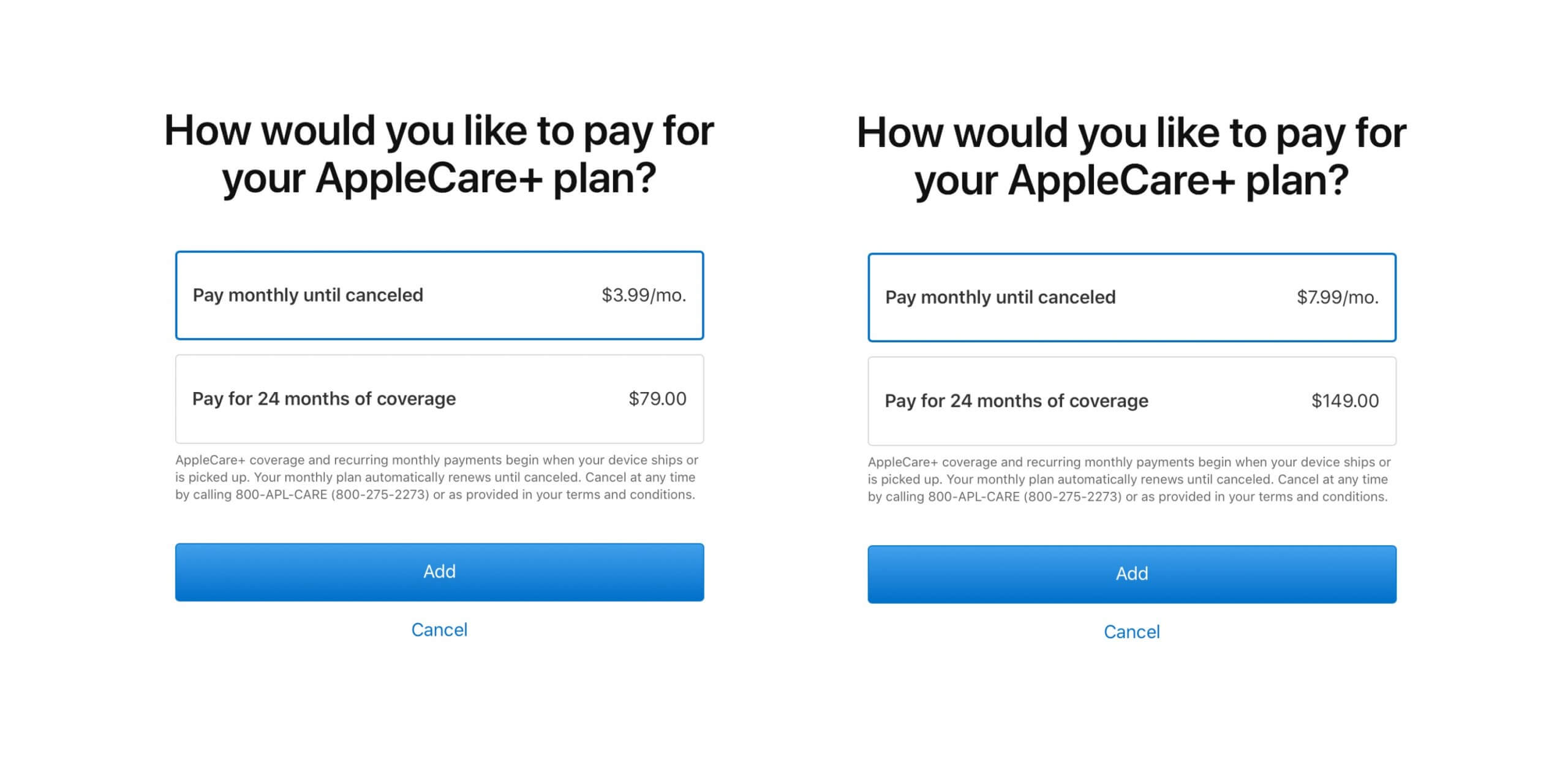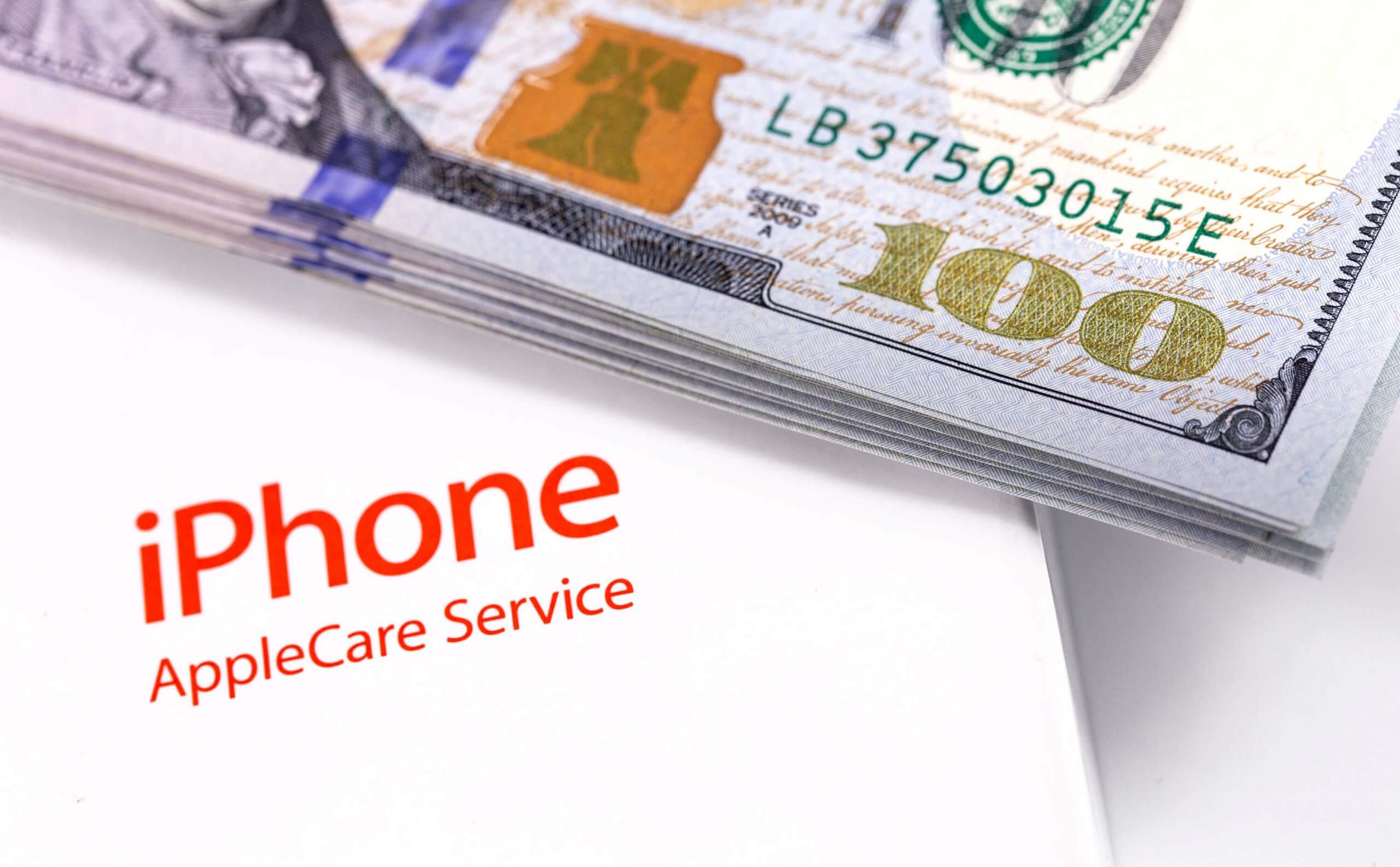In context: Last year Apple rolled out its AppleCare+ program with the launch of the iPhone Xs and XR line. The new option provides the same coverage of its regular AppleCare and adds protections for devices that get lost or stolen for up to two years. Along with this new plan, the company offered monthly payments to pay for the more expensive coverage.
This year Apple has quietly modified the AppleCare+ program to give users the option to have indefinite continuing coverage under a subscription model. During the Apple unveiling event yesterday, Tim Cook failed to mention the change. However, AppleCare's terms of service were updated today to stipulate the new conditions.
"For Monthly Plans, your Plan Term is one (1) month. Your Plan will automatically renew each month unless cancelled as set forth in the "Cancellation" Section 9 below, including in the event that Apple is no longer able to service your Covered Equipment due to the unavailability of service parts, in which case Apple will provide you with thirty (30) days' prior written notice of cancellation, or as otherwise required by law."
Instead of paying a lump sum for two years of AppleCare+, customer can pay a month-to-month fee. This option gives them coverage beyond the two years. The plan covers iPhones, iPads, and Apple Watches. Macs, AppleTV, AirPods, and other Apple devices are not eligible for the new subscription plan, but can still opt of coverage under the cash upfront option.

The price will vary depending on which device is ordered. Series 5 Apple Watches are $3.99 per month for the subscription plan or $79 for two years up front. The iPhone XR is $7.99 per month or $149 for the two-year plan.
Neither the iPhone 11 or 11 Pro have order pages yet, but 9to5Mac reports that the regular two-year plans will be $149 and $199 respectively. So we can expect that the iPhone 11 AppleCare+ subscription will run the same as XR ($7.99/month) and the Pro plan will go for a little more.
Doing the math shows that the subscription fees total more over two years than the lump sum payment. Using the iPhone XR as an example, users would pay about $192 over two years on the subscription versus the upfront cost of $149. So having indefinite coverage is the only real advantage.
Image credit: Primakov via Shutterstock
